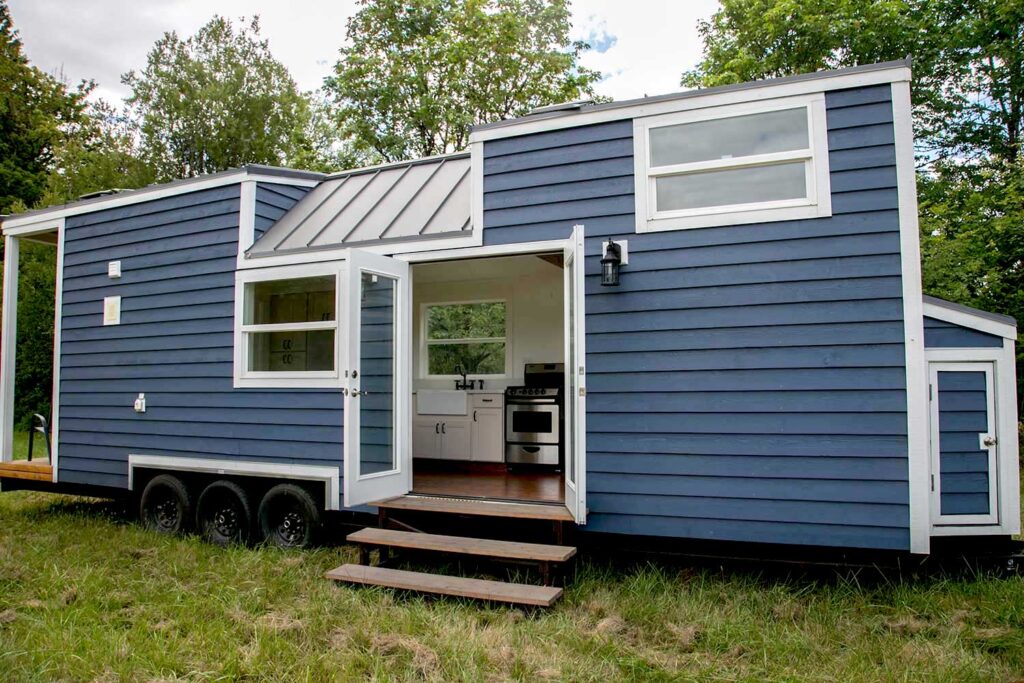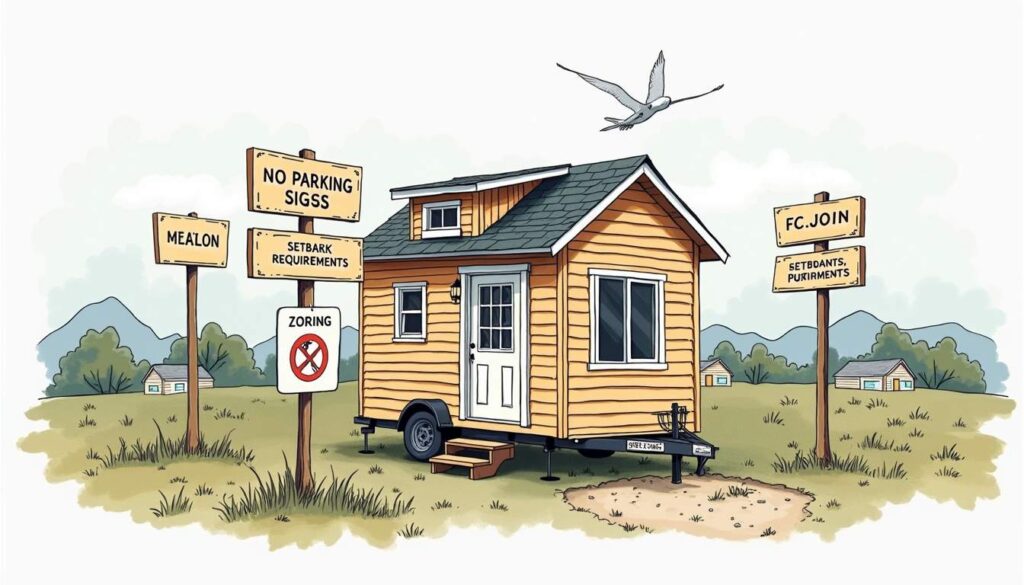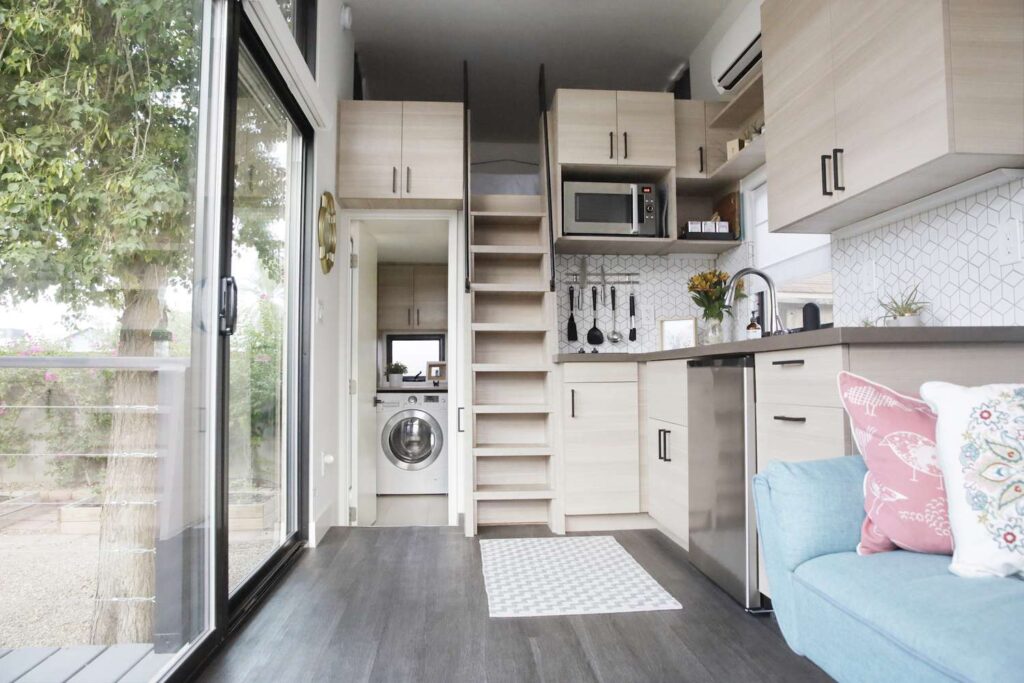9 Smart Tiny Home Financing Options You Should Know
Financing a tiny home isn’t always as straightforward as getting a traditional mortgage. Fortunately, there are several tiny home financing options that can help you afford your dream small space—without breaking the bank. Whether you’re buying, building, or converting a van, understanding these 9 methods will give you a clearer financial path forward.
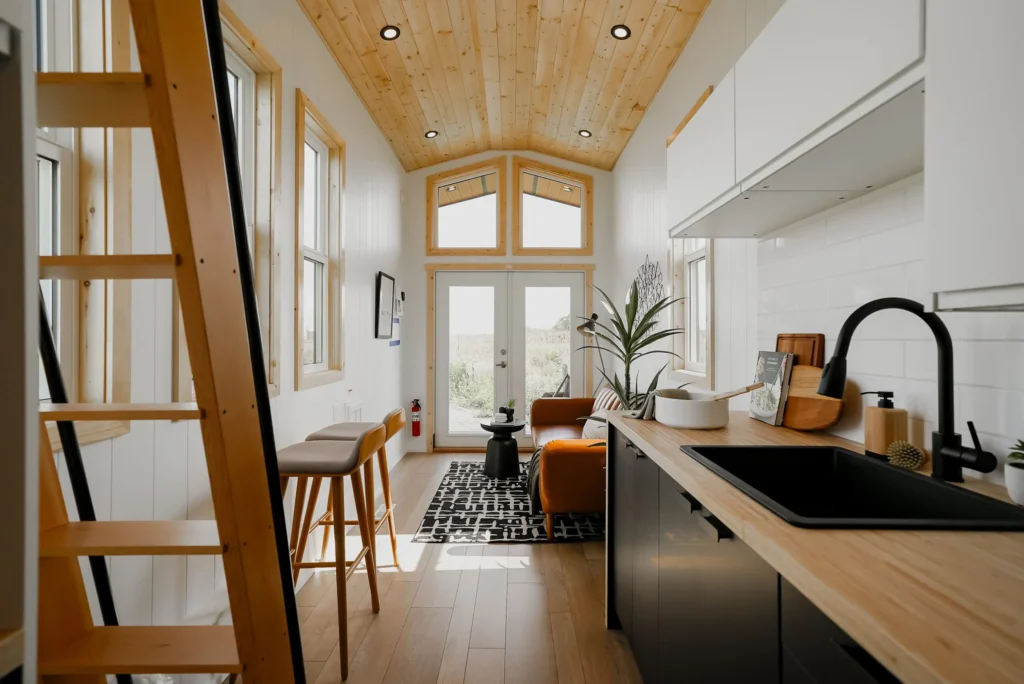
1. Personal Loans for Tiny Homes
Personal loans are a common option, especially if your tiny home is on wheels or doesn’t qualify as a permanent residence. These loans don’t require collateral, but interest rates may be higher than traditional mortgages. You can often get approved quickly if you have a good credit score.
2. RV Loans for Mobile Tiny Homes
If your tiny house is built on a trailer and classified as a recreational vehicle (RV), you might be eligible for an RV loan. Lenders like LightStream and Good Sam Finance offer competitive rates. However, your tiny home may need to meet RVIA certification to qualify.
3. Manufacturer or Builder Financing
Many tiny home builders offer in-house financing or partnerships with lending companies. This can streamline the buying process and make it easier to bundle design, construction, and delivery costs into one package. Make sure to compare rates and read the fine print.
4. Credit Union and Bank Loans
Some regional banks and credit unions are more open to financing alternative housing. A credit union, in particular, may offer better terms if you’re a member. Look for institutions that understand tiny home structures and zoning challenges. These lenders are often more flexible than national banks and may even have experience with off-grid or mobile housing setups. When researching tiny home financing options, prioritize institutions that are community-focused and have a track record of working with unconventional housing. Always ask about loan eligibility, insurance requirements, and whether they’ve funded tiny homes in the past.
5. Home Equity Loans or HELOCs
If you already own a home, you may be able to use your equity to fund a tiny home project. A home equity loan or line of credit (HELOC) can provide access to lower interest rates and larger loan amounts. This is ideal for those building a tiny home as an ADU (Accessory Dwelling Unit). These tiny home financing options can be less restrictive than personal loans, especially if your credit score is strong. Be sure to consult with your mortgage advisor to explore whether tapping into your home equity is the smartest long-term strategy based on your goals and budget.
6. Peer-to-Peer Lending Platforms
Platforms like LendingClub and Prosper offer peer-to-peer loans for personal projects, including tiny homes. These can be a good fit if you have fair credit and want an alternative to traditional banks.
7. Crowdfunding Your Tiny Home Project
Some people raise funds through crowdfunding platforms like GoFundMe or Kickstarter. While this isn’t guaranteed, it may be viable if your story resonates with others—especially if your home has a social, ecological, or educational purpose.
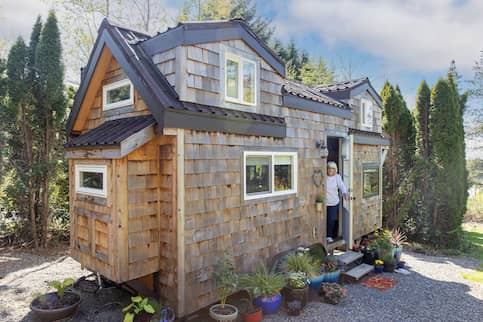
8. VA Loans or FHA Programs
Though not designed for tiny homes specifically, veterans might be able to use a VA loan for a small house on a permanent foundation. FHA loans are also worth exploring, but eligibility often depends on local zoning and building codes.
9. Saving and Budgeting Tools
Sometimes the best financing option is self-funding. Use tools like Mint or YNAB to track your expenses and create a savings plan. Check out our Tiny Home Resources section for tools and tips on budgeting for your build.
Conclusion
With these tiny home financing options, you have multiple ways to turn your minimalist dream into reality. Whether you pursue a personal loan, tap into your equity, or explore creative funding methods, the key is to align your finances with your long-term goals. For more strategies on budgeting and planning, visit our Financing & Budgeting section or read expert insights in How To Finance A Tiny Home: 6 Options To Consider by Bankrate.

